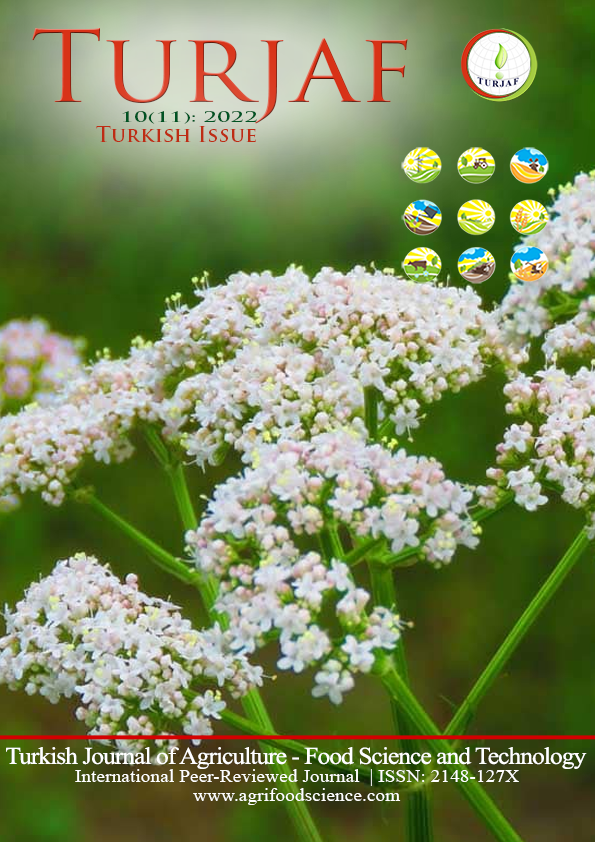Nutrient Contents of Some Food Industry By-Products and Their Usage Possibilities as Alternative Feed Raw Materials in Animal Nutrition
DOI:
https://doi.org/10.24925/turjaf.v10i11.2180-2187.5387Keywords:
Feed industry, Alternative feedstuffs, Food industry by-products, Feed costs, SustainabilityAbstract
Feed costs are of great importance for an economically and ecologically sustainable livestock, as they constitute approximately 60-70% of the costs in animal husbandry. As in the whole world, price increases were observed in feed raw materials depending on the supply-demand balance and pandemic conditions in our country, and this situation was also reflected in feed prices. For example, when the prices of broiler and egg feeds were analyzed between January and November 2021, an increase of 59.7% and 62.6% was observed, respectively. Feed mixes are prepared and fed in order to meet the daily nutritional needs of animals in an optimum way and at minimum cost. In order to meet this need, the research of alternative feed raw materials and their use in rations have been researched for many years. With this study, it was aimed to determine the nutritional composition of the processing by-products (rice broken, bean broken, chickpea broken, lentil broken, lentil bran, corn mix, bulgur bran, sub-semolina by-products) of food production factories and to reveal the possibilities of their use as alternative feed raw materials in animal nutrition. In addition, up-to-date data on the feed industry in Turkey were presented, and the importance of the orientation to alternative feed raw materials in terms of economy, product diversity and sustainability in Turkey and in the world was emphasized. Crude cellulose (HS) ratio of lentil bran, which is one of the under-sieve products, was found to be the highest numerically with 20.6%, followed by bulgur bran (12.7%). However, NDF and ADF contents were also found to be numerically high. Crude protein values were found to be the highest numerically in legume products (21.83%), beans (20.58%) and lentils (24.15%) among the processed residues. In addition, it will be useful to determine the usage rates in the ration, taking into account the anti-nutritional properties of each product.Downloads
Published
29.11.2022
How to Cite
Karadağ, E., & Ağma Okur, A. (2022). Nutrient Contents of Some Food Industry By-Products and Their Usage Possibilities as Alternative Feed Raw Materials in Animal Nutrition. Turkish Journal of Agriculture - Food Science and Technology, 10(11), 2180–2187. https://doi.org/10.24925/turjaf.v10i11.2180-2187.5387
Issue
Section
Research Paper
License
This work is licensed under a Creative Commons Attribution-NonCommercial 4.0 International License.









